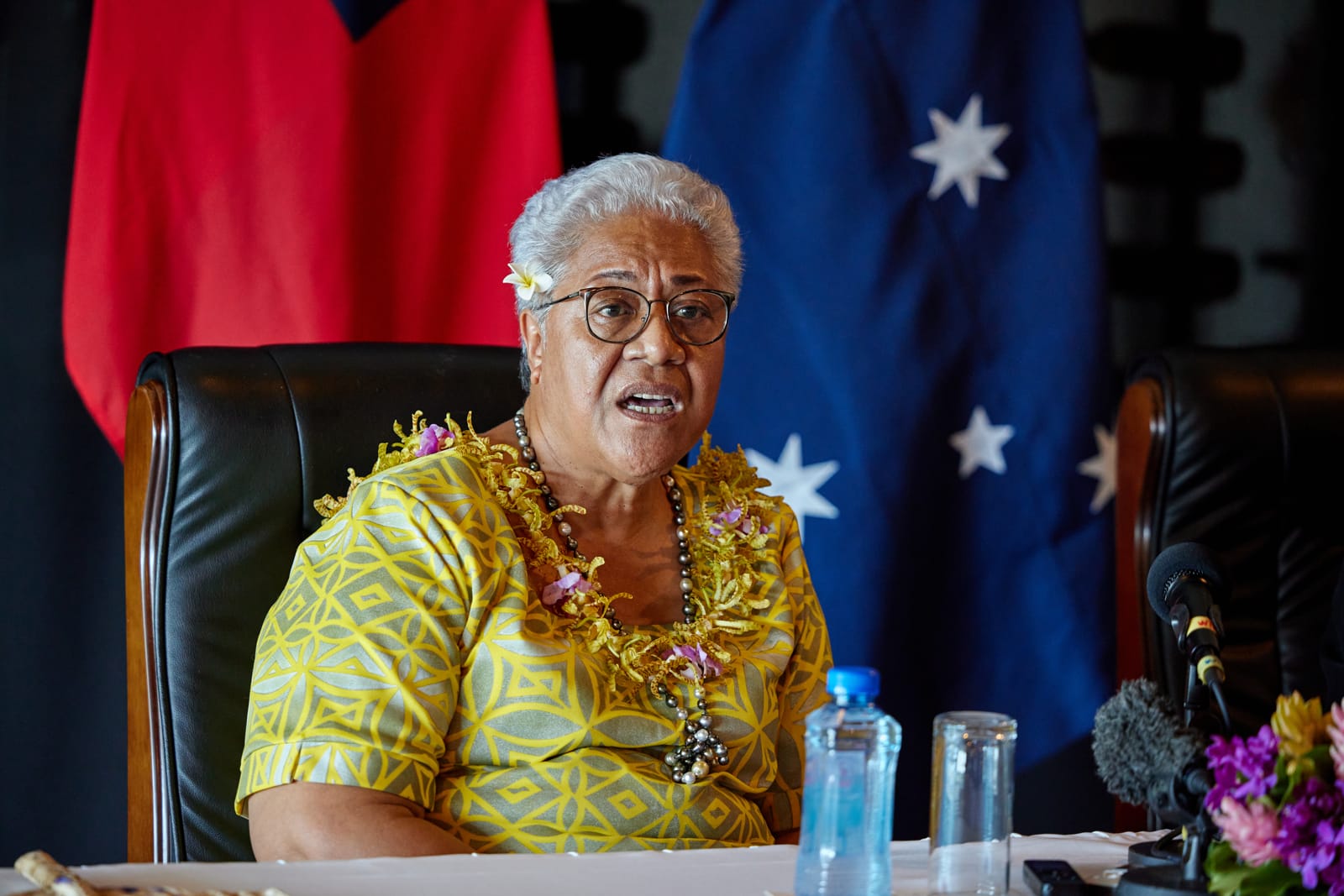Technology has brought huge benefits to the Pacific, creating new ways to connect across vast distances. As in other parts of the world, however, it has also brought risks, exposing users to a range of potential harms, including online abuse. In Australia, we know women and girls often bear the brunt of such abuse.
Where abuse through technology is based on harmful gender norms, discrimination, and unequal power structures, it is referred to as technology-facilitated gender-based violence, or TFGBV. This encompasses any action that uses digital tools to cause physical, sexual, psychological, social, political, or economic harm, or violate someone’s rights and freedoms.
Last month, the Australian government supported a gathering in Suva of leaders from across the region to discuss how we can jointly build capacities in this area, the “Safe and Equal Online Spaces: Pacific Cyber Safety Symposium”. Building a coalition of like-minded organisations and governments from around the world is a central element of a strategy to improve safety standards at home, led by Australia’s eSafety Commissioner.
Fiji, for example, is a founding member with Australia of the Global Online Safety Regulators Network, which is working towards greater international coordination of online safety regulation and standards.
Originally planned as a modest roundtable, the Pacific cyber safety symposium grew into a major conference due to high demand.
Sadly, it is not hard to see what is driving the interest.
It is estimated that up to 60 per cent of women and girls in the Pacific have experienced violence at the hands of partners or family members. Anecdotal evidence suggests many communities are also grappling with high rates of online bullying and abuse, sexual harassment, and cyberstalking. We need to understand the challenge in all dimensions, its nature, scale, victim-survivors, and perpetrators.
Women’s crisis and frontline services in the Pacific Islands see how technology is being used to perpetuate various forms of gender-based violence, such as sextortion, image-based abuse, and cyberbullying. This emerging evidence highlights that women and girls with limited digital experience are most at risk of being subjected to TFGBV.
In Australia, about two-thirds of complaints concerning adult cyber abuse and cyberbullying of children are from women and girls. Australia’s National Research Organisation for Women’s Safety surveyed 4,500 Australians for its report, “Technology-facilitated abuse: extent, nature and responses in the Australian community”. Half of respondents had experienced some form of tech-facilitated abuse, with 40 per cent saying it was perpetrated by a current or former partner. The report found women were more than 1.5 times more likely to experience sexual or image-based abuse than men. And women were more than twice as likely to receive unwanted sexual messages or unwanted nude pictures than men.
Online harassment and abuse often have lasting effects, with women and girls feeling unsafe online, causing them to withdraw from the public gaze or self-censor. For too many women, this leads to reduced participation in public discussions or leadership roles, and missing out on educational and economic opportunities. First responders and support workers dealing with domestic and family violence in Australia share harrowing accounts, and our partners in the Pacific report similar abuse.

As part of the Australian government’s broader efforts to build links and capability in the region, eSafety is sharing experiences gained from its nearly eight years safeguarding Australians from various harms. For example, the “eSafety Women in the Pacific” program works with regional online safety partners and women’s services to enhance the capability of domestic and family violence workers to respond to TFGBV, and over the past year, eSafety has developed a TFGBV training package for frontline workers in the Pacific.
Pacific countries are exercising strong leadership. Samoa’s Prime Minister Afioga Fiamē Naomi Mataʻafa recently spoke about the need to protect values such as equity, equality, inclusivity, responsibility, transparency, and accountability from the negative impacts of the misuse of technology. And Fiji’s Minister for Women, Lyndah Tabuya, is a passionate advocate for action against TFGBV.
Pacific countries are also speaking out, to project the voices of women, girls and gender-diverse groups in tackling TFGBV, allowing citizens to feel confident participating fully in society without fearing online retribution, abuse or harassment. And they want systemic changes to address issues such as linguistic and cultural bias on some platforms which may not handle complaints in diverse languages or consider cultural context when responding to abuse.
Increased collaboration in the Pacific and beyond can help us achieve these goals and the symposium last month provided an important starting point.


